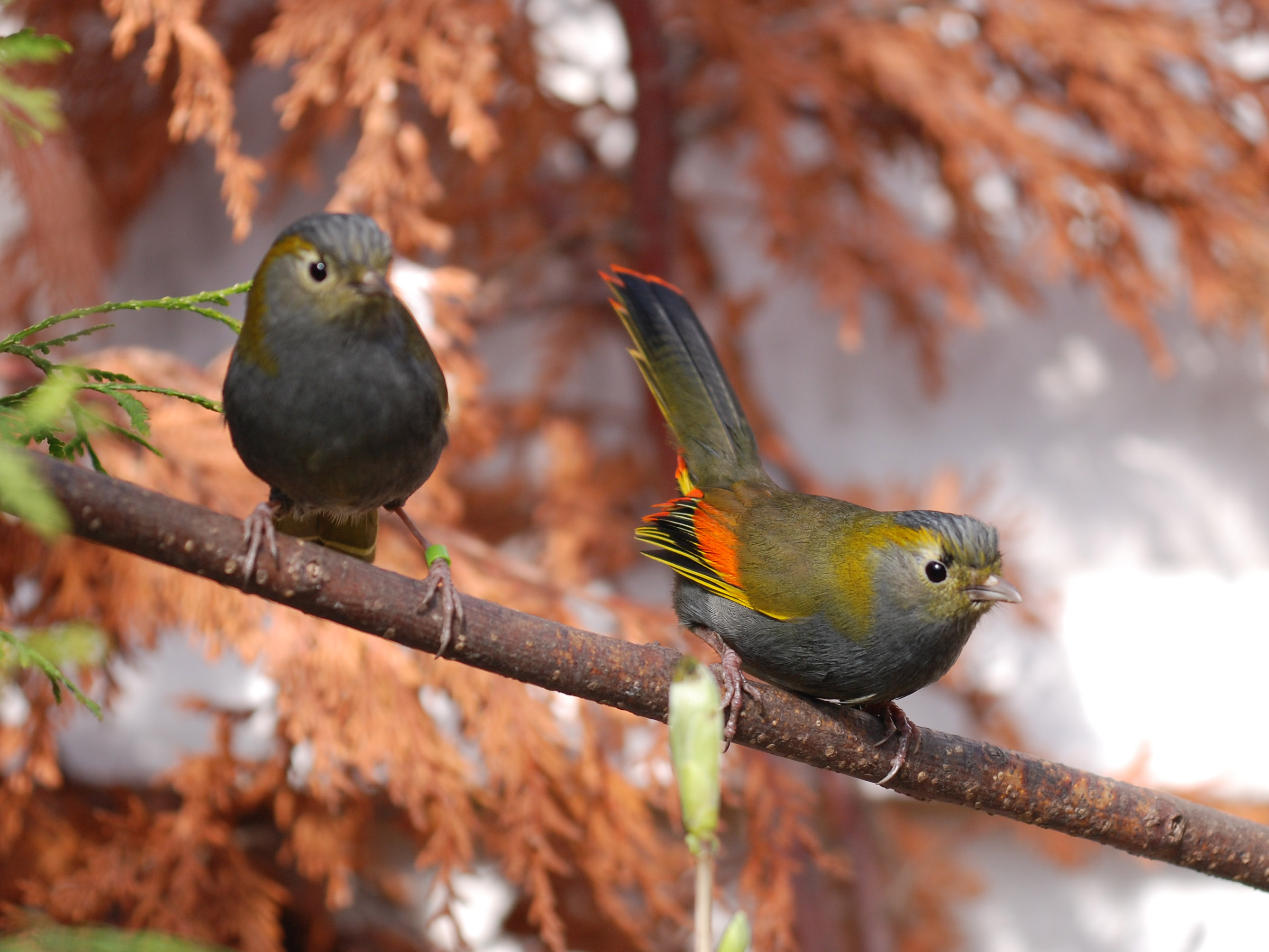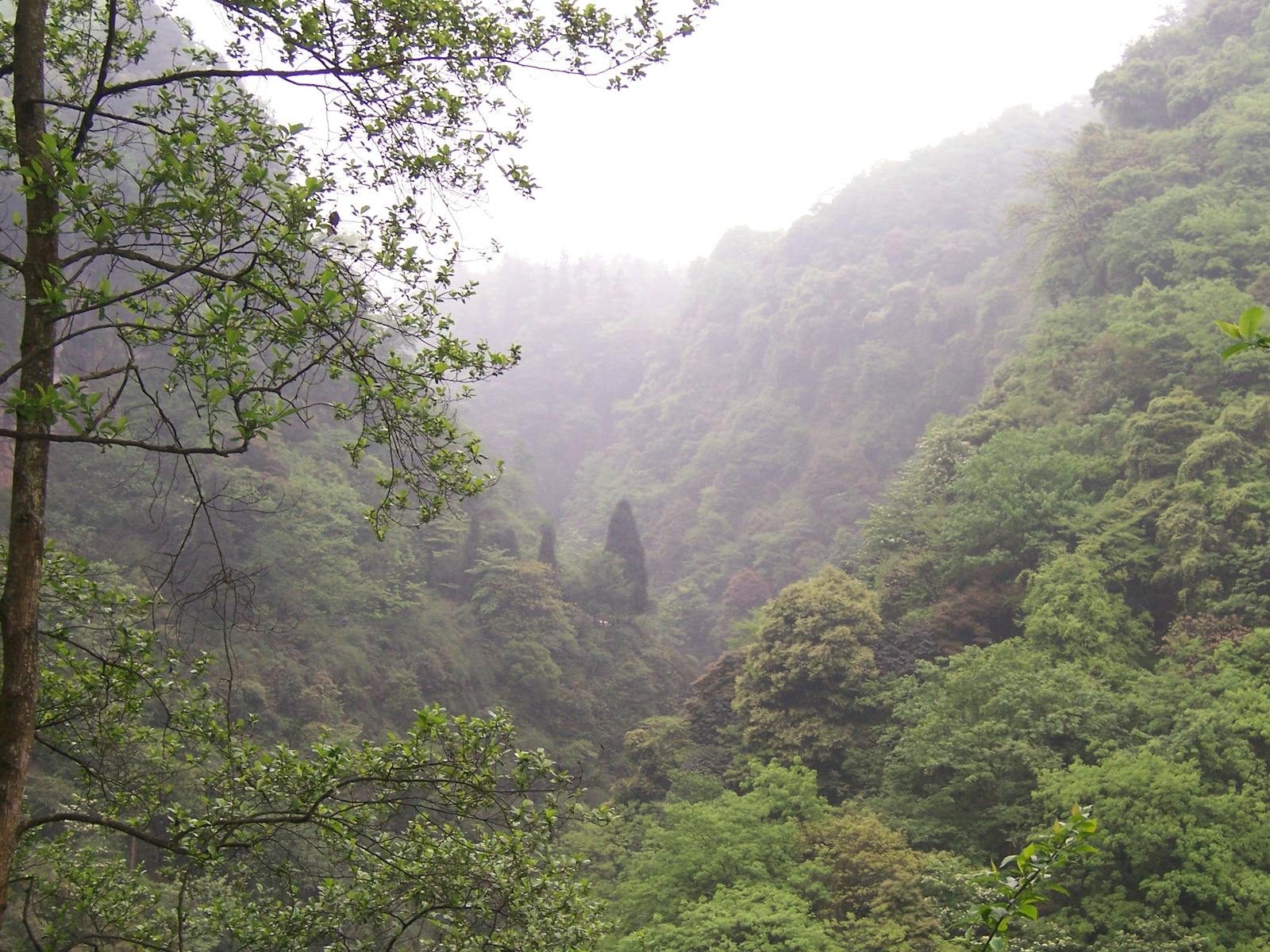Sichuan Basin Evergreen Broadleaf Forests
The ecoregion’s land area is provided in units of 1,000 hectares. The conservation target is the Global Safety Net (GSN1) area for the given ecoregion. The protection level indicates the percentage of the GSN goal that is currently protected on a scale of 0-10. N/A means data is not available at this time.
Bioregion: Sichuan Basin & Central Mountain Forests (PA51)
Realm: Eastern Eurasia
Ecoregion Size (1000 ha):
9,834
Ecoregion ID:
680
Conservation Target:
3%
Protection Level:
3
States: China
The Sichuan Basin is a fertile expanse of low hills and plains almost entirely encircled by mountains: the Tibet Plateau to the west, karst limestone uplands to the south, row upon row of rugged hills to the north and east, cut through by the Chang Jiang (Yangtze River). In the 8th Century, the poet Li Bai, reflecting on this topography, famously declared that, “the road to Shu (Sichuan) is harder than the road to heaven.”
Several large rivers drain from Eastern Tibet to enter the Sichuan Basin and merge with the Yangtze. These rivers have deposited a sediment layer across the western part of the Sichuan Basin that is several kilometers thick, while the eastern part of the basin is remarkably free of sediment. Here in the east, red Triassic sandstones and purple shale crop out to the surface where they have weathered into soils productive for agriculture.

The flagship species of the Sichuan Basin Evergreen Broadleaf Forests ecoregion is the Emei shan liocichla. Image credit: Wildscreen Exchange
Geologists surmise that, many millions of years ago, rivers in eastern China eroded headward, breaching the mountains that enclose the Sichuan Basin to capture the channel of the Yangzi, which at that time had been flowing southward into the Tonkin Gulf. As the great river shifted its course eastward, it scoured and flushed thousands of cubic kilometers of sediment out of the Sichuan Basin.
A humid climate prevails in the Sichuan Basin, with warm, hazy summers and chilly winter fog. Temperatures are mild with very warm summers (26 to 29°C) and cool winters (5 to 8°C). Three thousand years ago this ecoregion supported subtropical evergreen broadleaf forest: huge stumps of oak, laurel and banyan fig have been unearthed in archaeological digs. However, thousands of years of agricultural activity altered the natural environment.
Today, remnant patches of the native forest persist on hills in and around the Sichuan Basin, but the relationship of these modern forests to the ancient one is uncertain because fossil pollen records signify that the character of the vegetation has fluctuated substantially with local climate change since the dawn of the Holocene Epoch 12,000 years ago.
Some of the largest, most intact stands of native evergreen broadleaf forest persist on the lower flanks of Emei Mountain, which has long been protected as a religious site. Here the forest is a species-rich mixture of subtropical oak, laurel, and Schima, a tree in the tea family. Native laurel genera include Machilus, Lindera, Litsea, Cinnamomum, and Phoebe. In the words of Roy Lancaster, “If there is one mountain in China calculated to set a plantsman’s pulse racing, it is Emei Shan.”
Other religious sites in the Sichuan Basin, such as Leshan and Dazu, also support remnant patches of old growth forest, and the Qingcheng hills west of the city of Chengdu is a protected forest area. Rare plants of the Sichuan Basin’s hilly margin include tree fern, dove tree and vulnerable conifers such as yew and Cathaya argyrophylla, which was first described in 1955.
Wild mammals such as giant panda, Asian elephant, and Javan rhinoceros were once common in the Sichuan Basin, but unable to survive in agricultural landscapes they were extirpated from this ecoregion hundreds, or perhaps thousands, of years ago. At Emei Mountain on the western margin of the Sichuan Basin, Tibetan stump-tailed macaques are acculturated to human visitors. The range-restricted Emei Shan liocichla, a babbler-like bird species, breeds at middle elevations and winters at the base of the Emei Mountain. Wetlands associated with branching river channels and floodplains support a few migratory bird species.
With more than 100 million human residents, Sichuan is one of the most densely populated agricultural areas in the world. Today urban sprawl encroaches upon agricultural land and the natural vegetation is restricted to steep hillsides and a few religious sites. Some of the most egregious point-source polluters such as metal refineries have been relocated out of the basin, but waste disposal is becoming more intractable as the population grows and becomes more affluent. As the Sichuan Basin continues to develop, more people will seek solace in the outlying countryside, with commensurate ecological impacts.
On the upside, the local government has developed several large parks and wetland areas in and around the city of Chengdu that support bird species not normally seen in urban landscapes, and Sichuan famers have a deep understanding of biological diversity, since they and their ancestors have farmed here for more than a hundred generations. This traditional knowledge base is a vital resource.
Priority conservation actions for the next decade are to: 1) zone for wild habitat in an urbanizing landscape; 2) promote sustainable agriculture; 3) maintain forest cover on sloping land that approximates the native forest; and 4) improve air and water quality to help make this human-populated landscape more congenial to all species.
Citations
Carpenter, C. 2000. Eastern Asia: Southern China. https://www.worldwildlife.org/ecoregions/pa0437. Accessed April 2019.
Elvin, M. 2004. The retreat of the elephants: an environmental history of China. Yale University Press.
Jarvis, D.I. 1993. Pollen evidence of changing Holocene monsoon climate in Sichuan Province, China. Quaternary Research 39(3): 325-37.




